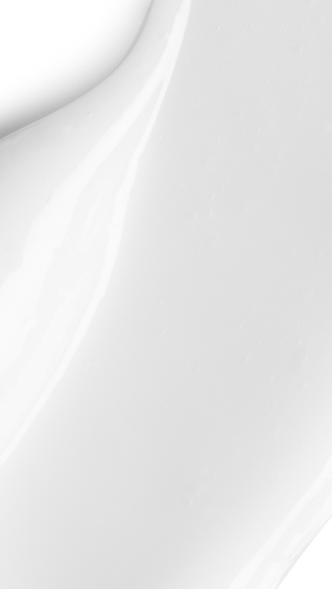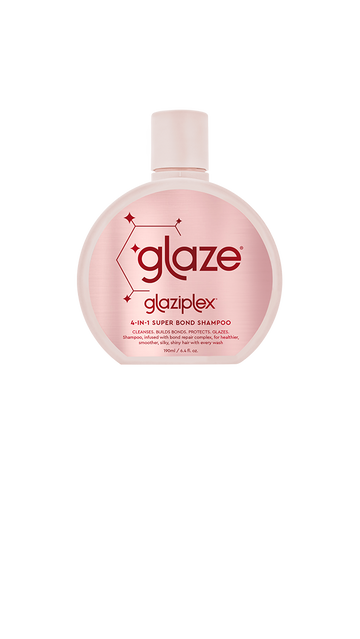
Why Is Your Hair Falling Out?
Finding that your hair is falling out can be stressful, but you shouldn’t panic. There are a huge number of things that can cause hair loss, and most can be treated or managed.
A degree of hair loss is normal – it’s estimated that we lose an average of 80 strands of hair per day. But if you’ve noticed that you’re losing more hair and it’s not growing back, you might need to investigate the cause so you can find the solution.
If your hair is falling out in large volumes, you should always speak to your doctor, who will be able to provide the best advice. Below are just some of the reasons why your hair might be falling out, and some steps to take to help the issue.
Stress
Stress is a common cause of hair loss. This is because when we’re stressed, we have increased levels of androgen, the male hormone – this is what contributes to hair loss and can prevent hair regrowth. Stress also increases our production of cortisol which triggers our ‘fight or flight’ response and redirects our body’s resources to other places like the muscles and brain, which affects the health of our scalp and hair. When we’re stressed, our eating and digestion can also be disrupted, which will also have a negative impact on our hair.
You should try to recognize stressful triggers and take the necessary steps to reduce the effect they have on your life. If you find you are stressed at work, speak to your manager about your workload and what you need to help. Make sure you’re taking time in your life to look after yourself and do things you enjoy, whether that’s going for a run, taking a long bath, or taking part in arts and crafts.
Brushing
Brushing is an essential part of your hair care routine. Brushing in the right way and with the right tool will stimulate blood flow in the scalp, which will promote healthy hair growth. However, brushing too aggressively can pull your hair out and put too much pressure on the scalp, preventing the usual hair regrowth cycle.
When brushing your hair, be gentle. Try to avoid brushing your hair when it’s wet, as it will be more vulnerable to damage. Hold your hair near the roots to stop it pulling and start brushing from the ends, moving upwards slowly. If your hair is particularly tangled, use a detangling spray and a wide-tooth comb to help prevent breakages. Using a hair gloss treatment designed to nourish hair to keep it healthy can help keep it sleek and soft, reducing how tangled it gets.
Dyeing
Dyeing your hair too much, particularly bleaching your hair, can cause hair loss. The chemicals used in bleach can make your hair dry and brittle, leading to it snapping off and breaking.
If you think your hair loss is related to over-dyeing your hair, take a break for a month or so and see if leaving your hair helps. You should also make sure you’re taking care of your hair if you dye it frequently. Use a regular conditioning hair color treatment to keep hair hydrated and healthy – our Super Gloss has the added benefit of boosting the vibrancy of your hair color, meaning you can take fewer visits to the salon to top up your color.
Heat styling
Using heat styling tools too often can dry your hair out, making it more vulnerable to breakage and increasing the risk of hair loss. When your hair is dry and frizzy, you’ll probably be more likely to resort to heat styling to control your tresses, but this will just make the issue worse.
Try to cut back on heat styling – ditch the straighteners for a few days to embrace your natural curls or leave the blow dryer once a week to let your hair air dry. Use conditioning treatments and products to help keep hair soft, sleek and shiny. When you do use heat styling tools, turn the temperature down so it has less impact on your hair and always use a heat-protecting spray before styling.
Pregnancy and menopause
Changes in your hormones can cause hair loss. When you’re pregnant, you’ll usually find that your hair becomes thick and glossy, as hormones slow down how much hair you shed. However, as estrogen levels drop postpartum, you could find that your hair sheds excessively. This will usually only be temporary – it could last up to three months but will slow down after that. Most people will find their hair stops shedding and returns to its normal thickness by their child’s first birthday, if not before.
Menopause also causes changes in hormones which can affect hair loss. Female hormones, such as estrogen, fall during perimenopause and male hormones, such as testosterone, rise. Together, these can both result in hair loss, causing hair to get thinner and slowing regrowth. Perimenopausal people should maintain a healthy lifestyle to keep their hair healthy and also speak to their doctor about any medication they might be on that could be increasing hair loss. As with other menopausal symptoms, hair loss will usually reduce with time and become easier to manage.
Traction alopecia
Traction alopecia is when repeated and prolonged pressure is put on the hair follicle, weakening it and preventing it from sustaining healthy hair. This tension prevents blood flow to the follicle, meaning important nutrients can’t be absorbed to keep the hair healthy. This can be caused by tight ponytails, braids, weaves and other hairstyles that put constant strain on hair strands. People with afro hair can be more prone to this type of hair loss, as many protective hairstyles will pull on the hair follicle.
You should try to take a break from tight hairstyles to ease the strain on your hair follicles. You should also take care with your hair, loosening ponytails and asking your stylist to install braids and extensions as loosely as possible whilst still maintaining the style. Switching up your hairstyle regularly will also help to prevent this type of hair loss, as you’ll avoid putting repetitive stress on your hair.
Need more help?
Still have a question? We’re here to help you. If you have any concerns you’d like to discuss, please get in touch…
Contact Us







